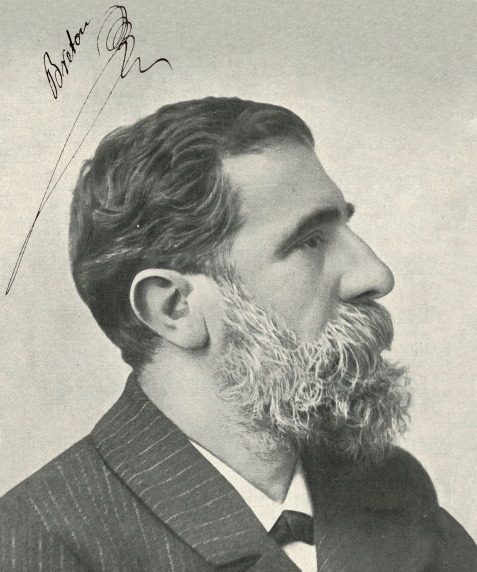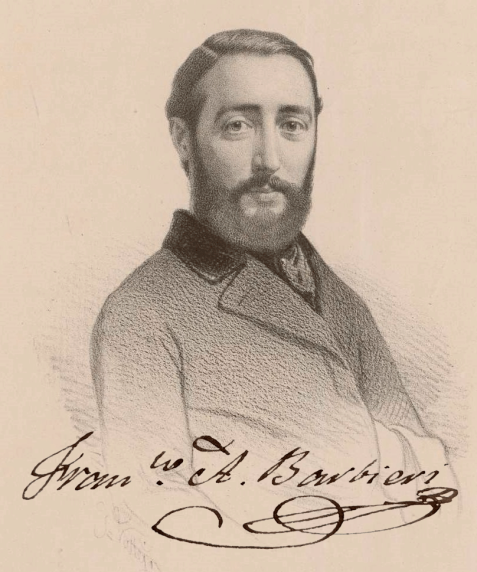Musical collection
This collection originates from the set of particular backgrounds of music professionals from the 19th century. Their research shows the evolution of fashions and musical genres; while in the 19th century lyric authors and salon music are highly represented, in the 20th century there is a display of genres and trends, from the most nationalist to the vanguard. We can also follow the creative processes of composers, the first notes and ideas of a work, the draft, the autograph manuscript, sound and audiovisual recordings of their concerts, their improvisational essays and interviews, the first editions with their own annotations and, what is no less important, with the consultation of personal papers, we can know the vital and professional context in which they have moved and how their careers have been developed.
It is made up of documentation generated by composers (Emilio Arrieta, Federico Chueca, Tomás Bretón, Ruperto Chapí, Julián Bautista, etc. ), gathered by interpreters (José Mardones, Conchita Supervía), musicologists (José Subiá), amateurs of higher or lower rank (the musical libraries of Queen María Cristina, of infante Francisco de Paula de Borbón and that of the music professor of the royal house Juan María Guelbenzu), and all kinds of entities that played a role in music production, dissemination or reception of music in Spain, such as the Folklore Archive of the Women's Section or the administrative archive of the music publisher Ildefonso Alier.
There is a variety of typology of materials in this type of collections, but it is usually common to any discipline - artistic or scientific -, correspondence, press clippings, photographs, sound recordings in different media, magnetic and digital, video-recordings, personal and professional documentation, notes, etc. Musical activity also generates other materials, and thus, among the roles of a composer we will find from the first notes and sketches of a musical creation, to the work already printed, through drafts, autograph sheet music and the recording of its improvisations and essays.
Along with these historical backgrounds, the funds of contemporary composers donated by themselves, Jesús Villa-Rojo, José Luis de Delás, Marisa Manchado, Encarnación López de Arenosa, Gerardo Gombau, José Luis Greco, Antonio Iglesias, among others, which enrich the collection with their native sheet music, recordings, draughts, and writing programs.





